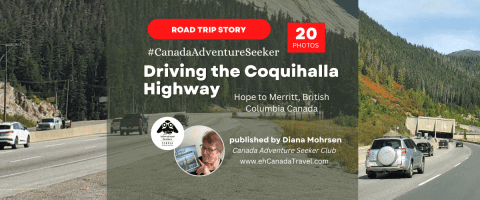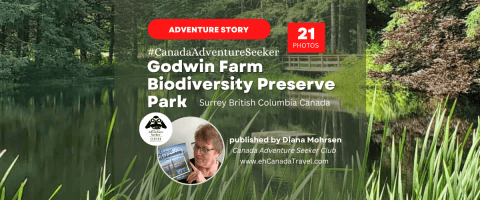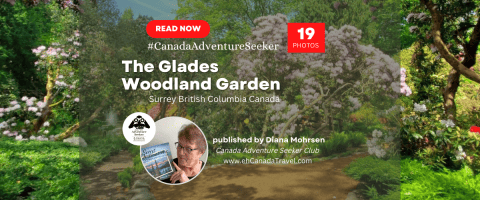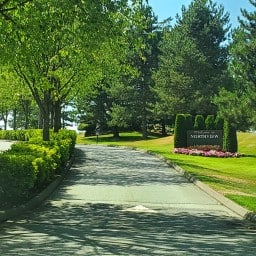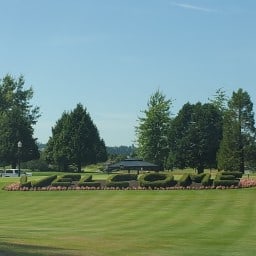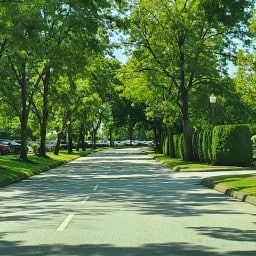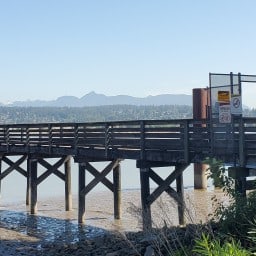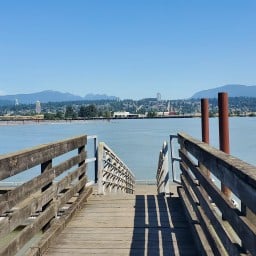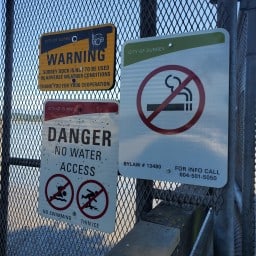Hope BC, British Columbia

Hope, BC, Canada is, largely, a forested and mountainous rural community located on the eastern edge of the Fraser Valley - just outside the boundaries of the Metro Vancouver (Vancouver Lower Mainland) region. It is a transportation hub and a wilderness recreation destination.
The community, itself, is situated at the confluence of the Coquihalla and Fraser Rivers and is surrounded by the looming Cascade Mountains, lush green forests, wildlife and some alpine lakes.
Hope, British Columbia is located on the Trans Canada Highway (Hwy #1) approximately 150 kilometres (97 miles) east of the City of Vancouver. The community of Hope, BC is a gateway to the wilderness backcountry mountains and the interior of British Columbia, Canada.
Hope is a major junction of highways. From Hope Hwy #1 splits into various routes including the Coquihalla Hwy (southern entrance), Highway #7 (Crowsnest Pass southern entrance), Hwy #3 (Princeton Hwy) and Hwy#5 (Hope Hwy). Other transportation services in the area of Hope include a train service, aerodrome for recreational floatplanes and a private helicopter landing pad.
The District of Hope includes many smaller communities including the Town of Hope, Silver Creek, Lake of the Woods, Flood and Kawkawa Lake. Prior to the development of the communities, the land and rivers surrounding Hope were once living and hunting grounds of the Sto;lo First Nation people.
Hope is a popular wilderness recreation destination, as well as, the last main service stop prior to entering the mountains. Some of the services important to travelers located in the community include gas stations, restaurants, accommodations, bank, supply stores, grocery store, gift store, internet services, coffee houses and a wilderness air strip.
The cultural facilities in and around Hope include venues like art galleries, a museum, chainsaw art, wellness retreats and a Japanese Garden. History is found in the local museums and in Centennial Park. There is a cairn in the park marking the site of Fort Hope which was a Hudson's Bay Trading Post in 1848.
First Nation history is viewed in the petroglyphs found on the canyon walls of the Fraser and Coquihalla Rivers. You just have to know where to look.
The rugged wilderness environment and the close proximity to some of British Columbia's wilderness recreational areas provides visitors many opportunities for year round adventures and outdoor activities. There are mountains, rivers and lakes everywhere.
Some of the mountains include Coquihalla, Crack, Thacker, Chawuthen, Cheam, Holy Cross, Hope, Outram and Ogilvie Mountain. Some of the nearby lakes include the Nahatlatch, Silver Tip, Ross, Kawkawa, Lightning, Harrison and Jones Lakes.
In the summer months visitors enjoy hiking, birdwatching, golfing, flightseeing, canoeing, kayaking, mountain biking, off roading, swimming, mountain climbing, horseback riding, road cycling, fishing, boating, water skiing, wind surfing, river rafting and picnicking.
In the winter months visitors enjoy ice fishing, snowshoeing, snowmobiling and xc skiing.
Some of the more popular adventure, sightseeing and recreational destinations in the region of Hope include the Japanese Friendship Gardens in Memorial Park, Manning Park, Kawkawa Lake, Skagit Valley Provincial Park, Emory Creek Provincial Park, Lake of the Woods, Kettle Valley Railway Trail, Cascade Recreational Area, Mount Hope Lookout Trail, Nicolum River Provincial Park, Sasquatch Provincial Park and the Othello Tunnels.
